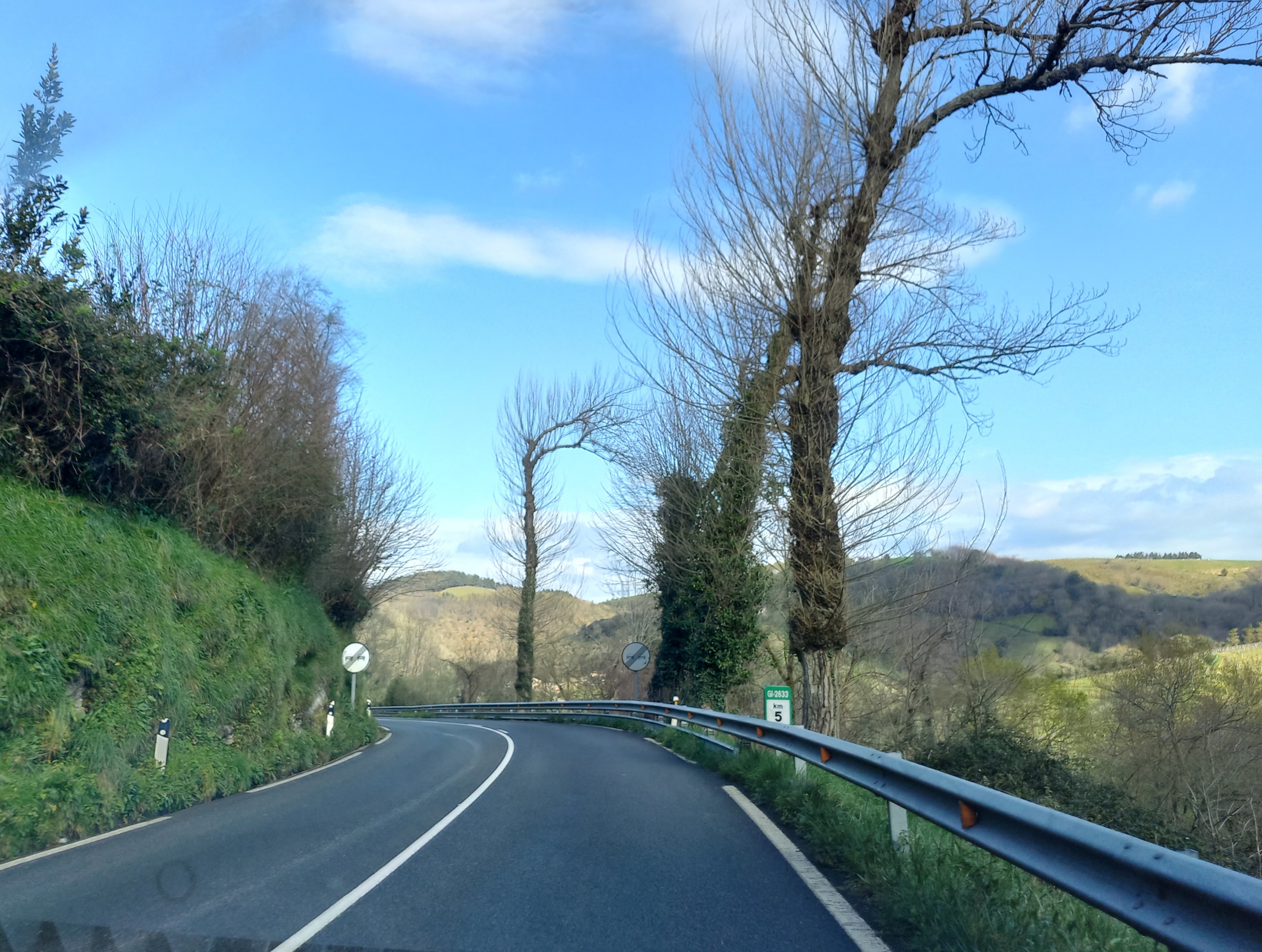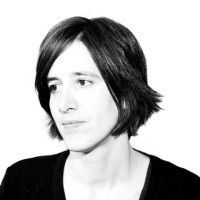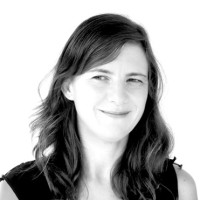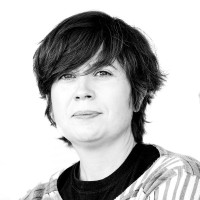No to barracks, demilitarizing Donostia and the world.
Donostialdea is an ideal place to live. Warm winters and summers, on the edge of the sea, mountains nearby, drinking water at all times of the year…
Historically and for a long time, most of the territories of the Gipuzkoan region of Beterri were communal lands. The lands that until the 20th century were known as “Montes Lícito” show us the signs of the original collective organization. The Betris, like the rest of the neighbors and neighbors of Euskal Herria, wanted to rigorously maintain the collective model. But also at this time we can find the background to current speculative practices.
The reversal of a legal system is often, unfortunately, carried out with violence, and this has happened in these territories. When kings, lords, soldiers and emperors approached us, they wanted to conquer fields, rivers, streams, mills, ports and forests. Being a tempting strategic place, San Sebastian suffered a perverse destiny for centuries, the character of strength.
His strong position brought San Sebastian a situation of dependency and became the focus of all wars. The best-known disaster was the fire of 1813, caused by the supposed allies, which destroyed the city and left it about to be erased from the final map.
The Donostiarras, aware that destiny changes direction at work and in value, rebuilt the city again and again, preserving their own character, worker, frivolous and cheerful. With this idea, the City Hall decided to demolish the wall, definitively renouncing its status as a strong plaza.
Unfortunately, other wars also came, and in the economic crisis that arose as a result of the Carlist wars, the communal lands were left to the Caciques. Thus, in 1926 the Spanish Army bought a plot in Loyola, on the shore of the Urumea, after the privatization of the “Legitimate Mountains”, in one of those areas that was left in the hands of a private individual and in which, as a “pica” placed in Flanders, the “Old Third of Sicily” was installed.
"As the permanent disappearance of the Loiola barracks is great news, we cannot allow the City Hall again to hand over money to the Army. Let's break the chain."
Five years before the military settled in Loiola, San Sebastian had to buy Mount Urgull to the army, and further back in time, besides paying a significant amount of money for Alderdi Eder to use the citizens, the City Hall allowed the army to build a shooting camp in Ondarreta. When the City wanted to recover the beach, it had to give the military the lands of Miramón (s. XX). which were used to speculate at the end of the 20th century by means of an internal recalification of the transfer of ownership of the Goikoa Palace to the City Hall). That is to say, in order to get the military buildings out of the center and devote the land to civilian uses, the consistory had to enter into the dynamics of constant payments and land exchange to the then Ministry of War.
Soon this barracks built in Loyola showed its purpose, since in 1936 it positioned itself in favor of the coup d'état of Franco and Mola. The Donostian civilians raised barricades in Amara and managed to get Loiola soldiers to surrender and surround the barracks. They would pay the price for the Donostiarras to fight for freedom, as the Francoists when entering the city committed a brutal massacre. Despite everything, above all the slaughterhouses, San Sebastian continues the demilitarization process: The Mola General Hospital has become the current Court, the Goikoa Palace, which houses the municipal offices, the building of which was Military Government... slowly the military areas and constructions are disappearing from our people, and now in 2021 the Loiola Headquarters has arrived.
It is reported that the land of the Loiola barracks will be made available to the City Hall. The City Council of Donostia-San Sebastian and the Ministry of Defense have set up a Technical Commission that aims "to give a detailed assessment of the possible urban use of the land for aquaculture", as well as "to analyse the issues related to the future urban planning of the area". In other words, the amount that the military will receive will be decided according to the urban uses of the area. For its part, the Ministry of Defence has stated that it would like to build a new barracks about 150 metres across the Urumea.
We know that the request for the withdrawal of the barracks came from afar, and despite the fact that the Equestrian option has always been there, in the last 30 years the army has put continuous obstacles, among other excuses, because it wanted to make a new speculative movement to get more money. The permanent disappearance of the barracks is good news, but we cannot allow the City Hall to give back money to the army. Let's cut the chain. In the process of demilitarization, which has lasted too long throughout history, too much has been paid to recover for the use of the civilian population all those lands and constructions. We are not indebted to any army and this time we should not pay a penny for the military leaving the Loiola area.
It is time to proclaim San Sebastian as a demilitarized territory without military buildings and to pass all the constructions and military zones into civilian and public hands, between the Equestrian and Lore Toki. In memory of the Donostiarras who have lived here before us, in homage to those who have suffered so many wars and disasters, in memory of our ancestors whose objective was a working and joyful people, on the path that opened up the passions, and above all because we want to leave our descendants a dignified and viable future, Donostia must be demilitarized, official and absolutely.
May Donostia/San Sebastian be a precedent for the demilitarization process that the world needs, condemn wars; promote the peaceful resolution of conflicts; ruin the armory, let it be the Host People for those exiled by wars...Not an old barracks; not a new barracks; neither here nor anywhere. Let's demilitarize Donostia; let's demilitarize Euskal Herria, let's demilitarize the world.
*Article also signed by Ana Gorostidi, Bernard López Uranga, Iñaki Otamendi.
Kuartel Berriak EZ, members of the popular initiative
Bidali zure iritzi artikuluak iritzia@argia.eus helbide elektronikora
ARGIAk ez du zertan bat etorri artikuluen edukiarekin. Idatzien gehienezko luzera 4.500 karakterekoa da (espazioak barne). Idazkera aldetik gutxieneko zuzentasun bat beharrezkoa da: batetik, ARGIAk ezin du hartu zuzenketa sakona egiteko lanik; bestetik, egitekotan edukia nahi gabe aldatzeko arriskua dago. ARGIAk azaleko zuzenketak edo moldaketak egingo dizkie artikuluei, behar izanez gero.
Punto Bobo liburuaren irakurketan murgilduta, Itxaso Martin Zapirain egilearen Eromena, Azpimemoria eta Isiltasunak Idazten ikerketa lanean sentitu nuen egiazkotasun eta maila etikoarekin egin dut berriz ere topo. Eta hortaz, hara bueltatu. “Oihu izateko jaio zen isiltasun... [+]
Dirudienez, Euskal Herrian migrazioa arazo bilakatu da azken bi hamarkadetan. Atzerritarrez josi omen dira gure lurrak. Gure kultura arriskuan omen dago fenomeno “berri” horren ondorio. Lapurretak, bortxaketak, liskarrak… Bizikidetza arazo horiek guztiak... [+]
Azken hamarkadetan euskararen biziberritzeak duen erronka handienetakoa, euskararen ezagutzaren unibertsalizazioarekin batera, erabilerarena da. Askotan, gazteen euskararen erabileran jarri ohi dugu fokua, baita euskararen erabilerak izan duen eta izan dezakeen bilakaeraren... [+]
Gaur buruko minez iritsi naiz etxera. Ostiral iluntze hotz bat da; ez du euririk ari, baina haizeak bota ditu lurrera bi kontainer eta korapilatu dit ilea. 23:39 dio telefonoak. Lagunekin afaldu dut gure ostiraleroko tabernan. Barre asko-asko egin dugu, eta bihotza bete-beteta... [+]
Goizean jaiki orduko hasten dira desegokitasunak. Beharbada lotarako erabili duzun lastaira ere ez zen egokiena. Baina, ezin ba idatzi desegoki sentiarazten nauten guztiez. Horregatik, udaberriko ekinozioa –egunaren eta gauaren arteko oreka– dela eta, oraindik ere,... [+]
Ez da gauza berria politikari profesionalak gizarteko arazoak estaltzeko ahaleginetan ibiltzea. Azkenaldian Denis Itxaso -EAEko Etxebizitza sailburua- entzun dugu etxegabetzeei garrantzia kenduz eta aditzera emanez gurean bazterreko fenomenoa direla; eta Begoña Alfaro... [+]
Antropozentrismoaren aldaera traketsena eurozentrismoa izan zen. Europako mendebaldea, geografikoki, Kontinente Euroasiarraren penintsula txiki bat besterik ez da, baina lau mende luzez gertaera demografiko, teknologiko eta ideologiko batzuk zirela medio, bazter horretako... [+]
Badakizuenok badakizue, beste gauza asko bezala, euskararen aldeko borrokan ere politikoek, eragile batzuek eta hedabideek beraien antzezlana saldu nahi digutela, benetakoa balitz bezala.
Lehen urtean pozik jaso nuen, "Euskaraldi" hau. Zer edo zer zen, ezer ez zegoela... [+]
Euskarak, mendez mende, zapalkuntza sistematikoa jasan du, eta oraindik ere borrokan dabil egunerokoan bere leku duina aldarrikatzeko. Hizkuntza baten desagerpena ez da inoiz berez gertatzen; planifikazio politiko eta sozialak eragiten du zuzenean. Euskaldunoi ukatu egin izan... [+]
Oldarraldia ari du EAEko administrazioa euskalduntzeko erabakien aurka, berriz ere, enegarren aldiz. Oraingoan berrikuntza eta guzti, espainiar epaitegiak eta alderdi eta sindikatu antieuskaldunak elkarlanean ari baitira. Ez dira izan akats tekniko-juridikoak zuzentzeko asmoz... [+]
Igande gaua. Umearen gelako atea itxi du, ez guztiz. Ordenagailu aurrean esertzeko momentua atzeratu nahi du. Ordu asko aurretik. Zazpietan jaiki da, eta, bihar ere, astelehena, hala jaikiko da. Pentsatu gabe ekiten badio, lortu dezake gauak pisu existentzialik ez izatea. Akats... [+]
Naomiren etxeko eskailerak igotzen ari dela datorkion usainak egiten dio memorian tiro. "Ez da sen ona, memoriaren eta emozioaren arteko lotura da. Baldintzapen klasikoa", pentsatzen du Peterrek bere golkorako Intermezzo-n, Sally Rooney irlandarraren azken eleberrian... [+]
Joan den urte hondarrean atera da L'affaire Ange Soleil, le dépeceur d'Aubervilliers (Ange Soleil afera, Aubervilliers-ko puskatzailea) eleberria, Christelle Lozère-k idatzia. Lozère da artearen historiako irakasle bakarra Antilletako... [+]
Aspaldi pertsona oso zatar bat ezagutu nuen, urrun izatea komeni den pertsona horietako bat. Bere genero bereko pertsonengana zuzentzeko, gizonezkoengana, “bro” hitza erabili ohi zuen. Edozein zapaltzeko prest zegoen, bere helburuak lortzeko. Garai hartatik hitz... [+]
2020. urteko udaberrian lorategigintzak eta ortugintzak hartutako balioa gogoan, aisialdi aktibitate eta ingurune naturalarekin lotura gisa. Terraza eta etxeko loreontzietan hasitako ekintzak hiriko ortuen nekazaritzan jarraitu du, behin itxialdia bareturik. Historian zehar... [+]















